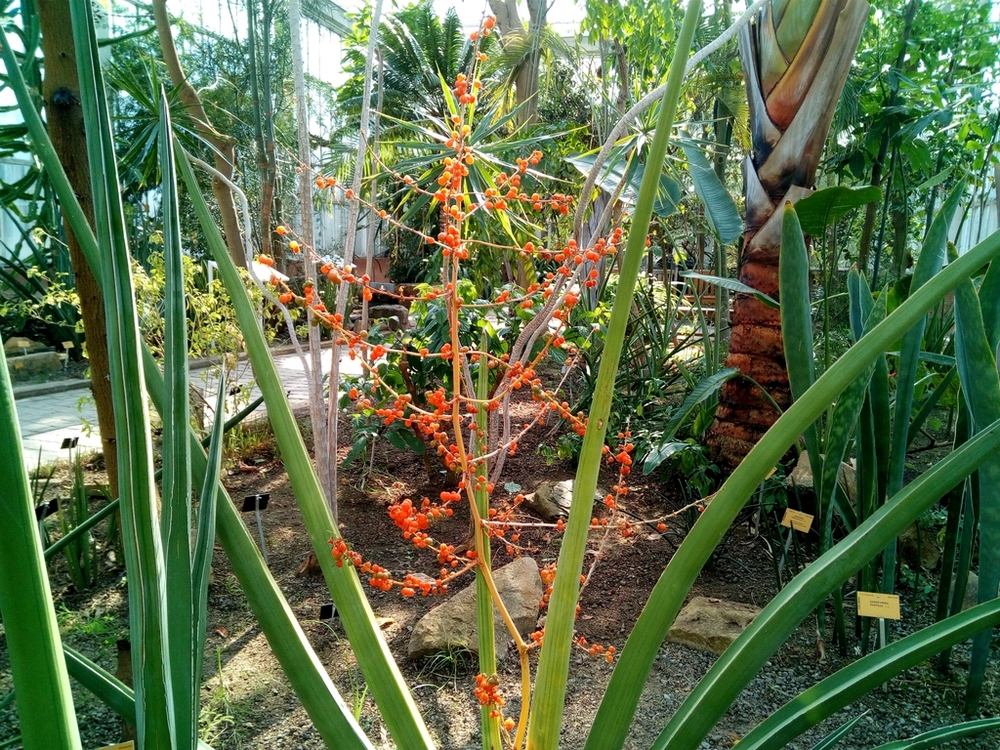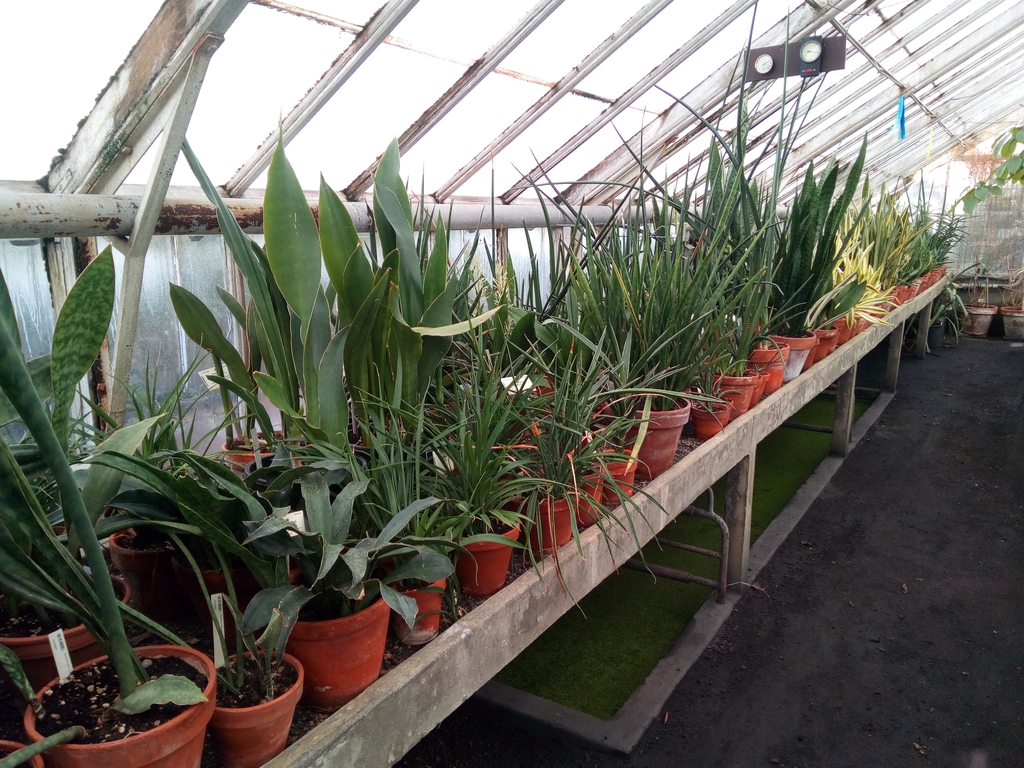[Science news] - Resolving the evolutionary history of Mother-in-law’s tongues
 Sansevierias are a diverse group of plants mostly growing in dry habitats but also in a wide variety of other habitats such as tropical forests and in coastal vegetation. They are native to Africa, Madagascar, the Arabian Peninsula and the Indian subcontinent. Traditionally recognized as a distinct genus, Sansevieria was recently merged with the larger genus Dracaena based on DNA sequence data.
Sansevierias are a diverse group of plants mostly growing in dry habitats but also in a wide variety of other habitats such as tropical forests and in coastal vegetation. They are native to Africa, Madagascar, the Arabian Peninsula and the Indian subcontinent. Traditionally recognized as a distinct genus, Sansevieria was recently merged with the larger genus Dracaena based on DNA sequence data.
Most people know sansevierias because they are found in many homes around the globe, popular because they are low maintenance houseplants. They are commonly known as ‘Mother-in-law’s tongues’, ‘Snake plants’ and ‘Bow string hemps’. In addition, a fair number of species are valued for their medicinal and ethnobotanical purposes. Despite their economic importance, taxonomic uncertainty has resulted in a lack of progress in studying their diversity and evolution.
 Researchers from Meise Botanic Garden, Royal Botanic Gardens, Kew, and Ghent University have joined forces to resolve the evolutionary relationships among sansevierias. The rich living collections housed in these institutions enabled us to obtain genomic data from a large number of species. Analysis of these data resolved, for the first time, the relationships among species with confidence, allowing to trace the morphological evolution in the group, and challenging the former morphology-based classifications within the group. For example, we were able to demonstrate that switches between flat and cylindrical leaves occurred multiple times in the evolution of the group. Similarly, inflorescence types have been prone to convergent evolution.
Researchers from Meise Botanic Garden, Royal Botanic Gardens, Kew, and Ghent University have joined forces to resolve the evolutionary relationships among sansevierias. The rich living collections housed in these institutions enabled us to obtain genomic data from a large number of species. Analysis of these data resolved, for the first time, the relationships among species with confidence, allowing to trace the morphological evolution in the group, and challenging the former morphology-based classifications within the group. For example, we were able to demonstrate that switches between flat and cylindrical leaves occurred multiple times in the evolution of the group. Similarly, inflorescence types have been prone to convergent evolution.
We also showed that sansevierias originated relatively recently in the Late Pliocene (around 3.4 million years ago) and diversified rapidly in a wide variety of morphological forms. This so called adaptive radiation is younger than that of other succulent plants, such as the Aizoaceae, Cactaceae and Agave, and coincided with the timing of the Pliocene-Pleistocene Transition, associated with climate oscillations and aridification in East Africa, which may have triggered diversification in the group.
Publication:
van Kleinwee, I., Larridon, I., Shah, T., Bauters, K., Asselman, P., Goetghebeur, P., Leliaert, F. and Veltjen, E., 2022. Plastid phylogenomics of the Sansevieria Clade of Dracaena (Asparagaceae) resolves a recent radiation. Molecular Phylogenetics and Evolution, p.107404.



